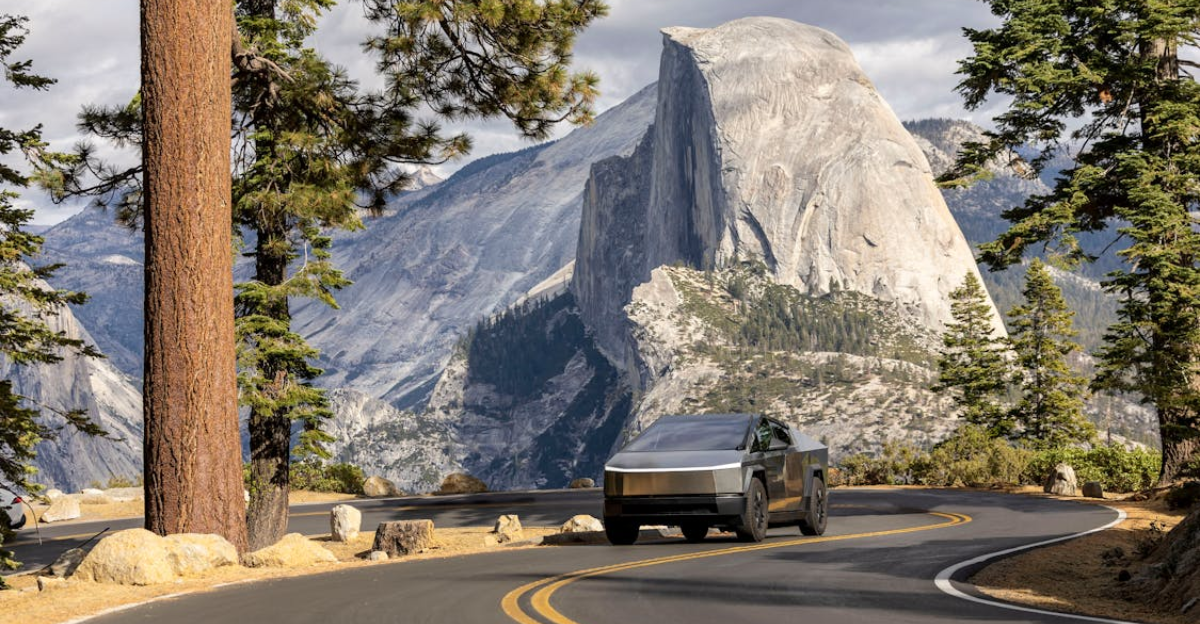
Road trips are an engaging way to witness the beauty of nature and take on the rough terrains you must take to get there. Experiencing the world’s wonders is excellent exposure to better understand our surroundings; you can easily do that by visiting various national parks. These are committed areas that preserve the local area filled with native wildlife and flora. By looking at this itinerary, it is possible to map out your journey to ensure every stop satisfies the nature persona inside you.
1. Grand Canyon National Park
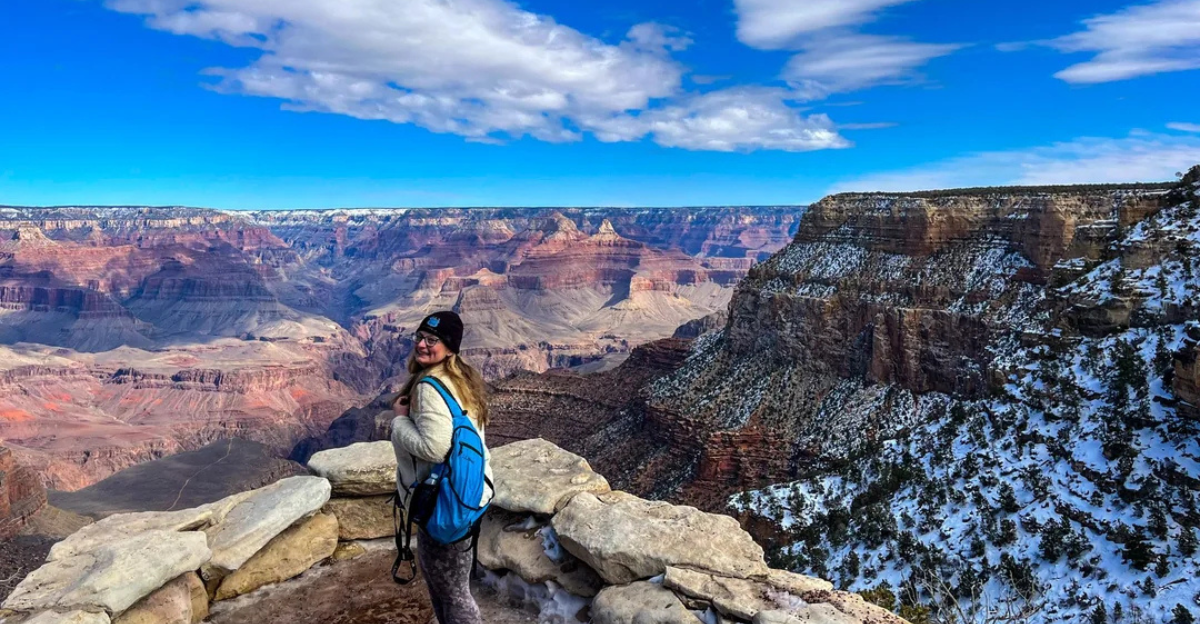
Start your journey in Arizona and visit Grand Canyon National Park, home to the beautiful, mile-deep, and 277-mile-long Grand Canyon carved by the Colorado River. You do not want to miss out on the South Rim viewpoints, Bright Angel Trail, and the Desert View Watchtower. Try timing your visit at sunrise or sunset to witness the stunning light display the sun casts over the canyon.
2. Zion National Park
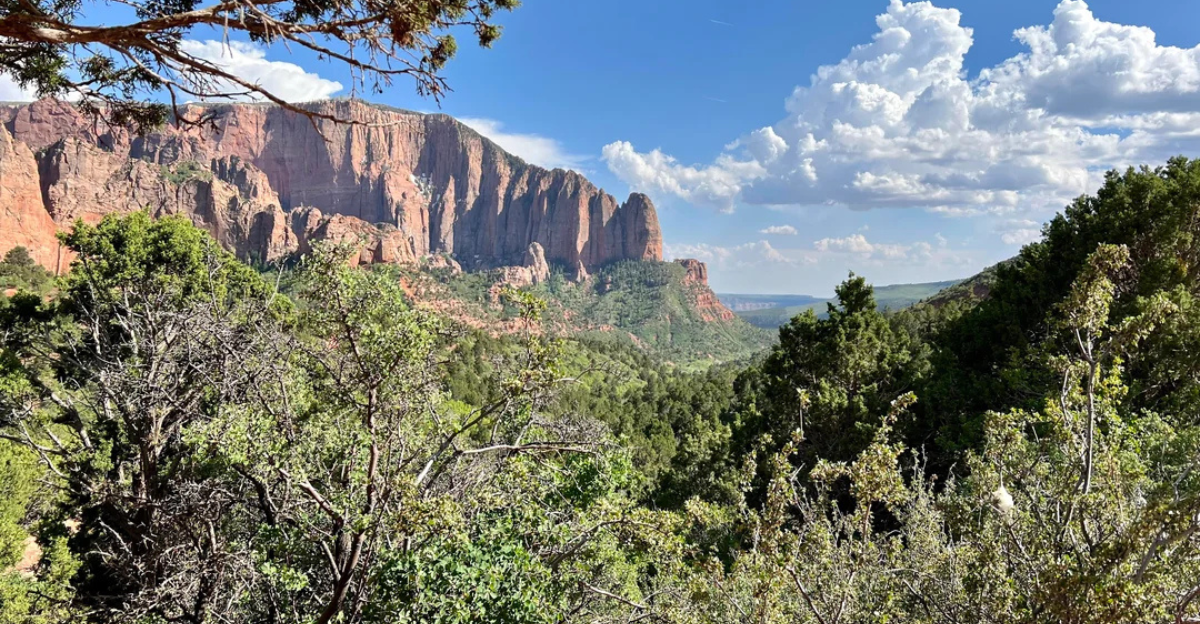
Zion National Park is famous for its dramatic sandstone cliffs and narrow slot canyons, perfect for the naturalist adventurer. A highlight of this location is the Angels Landing hike, which is definitely not for the faint of heart. The strenuous roundtrip is 5.4 miles and takes, on average, 3 to 5 hours.
3. Bryce Canyon National Park
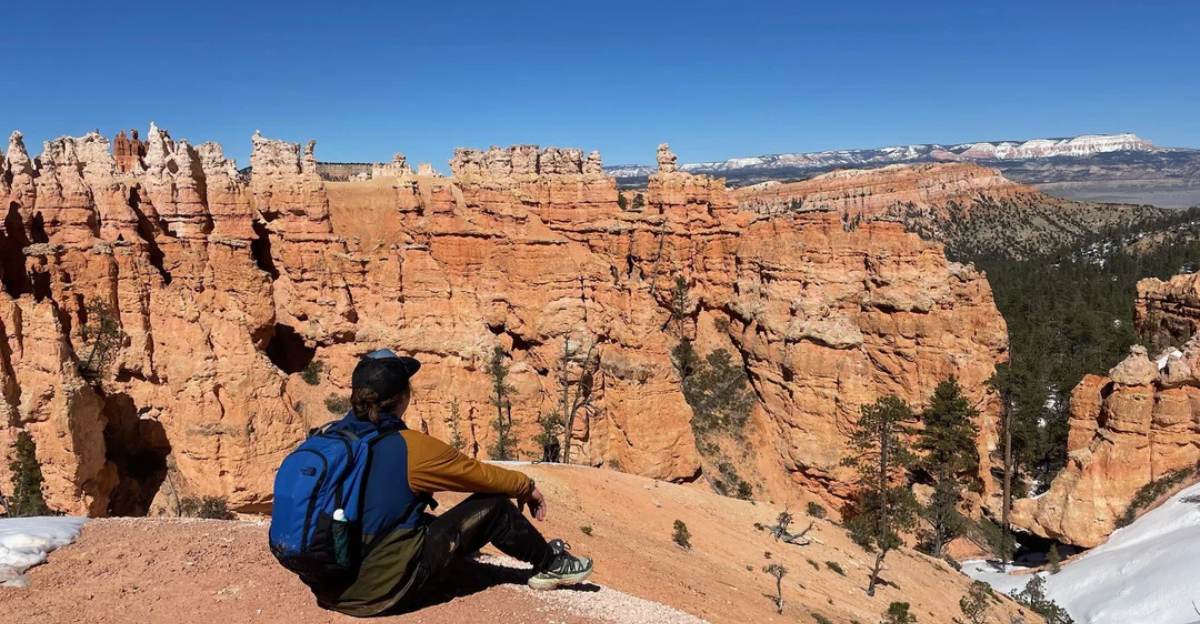
Outstanding hoodoos and tall and thin rock formations decorate the canyon here. Notable must-sees include Sunrise Point and Bryce Amphitheater. Bryce Amphitheater, the crown jewel of Bryce Canyon National Park, is an astonishing natural bowl filled with thousands of hoodoos sculpted by erosion. Visit if you dare, as Bryce is known to have one of the darkest night skies in the U.S.
4. Arches National Park
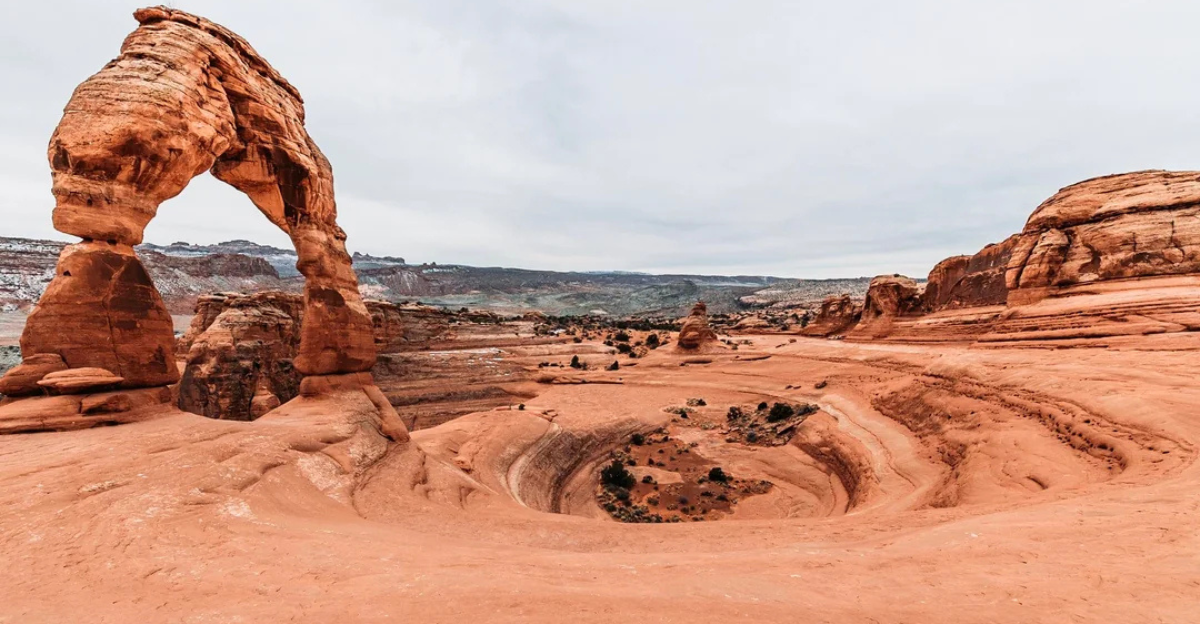
Utah is home to land covered in over 2,000 natural stone arches. These sandstone formations are up to 65 million years old and indeed magical. So that you can enjoy the whole park, start your hikes earlier to beat the heat and secure a parking spot at this popular destination.
5. Canyonlands National Park
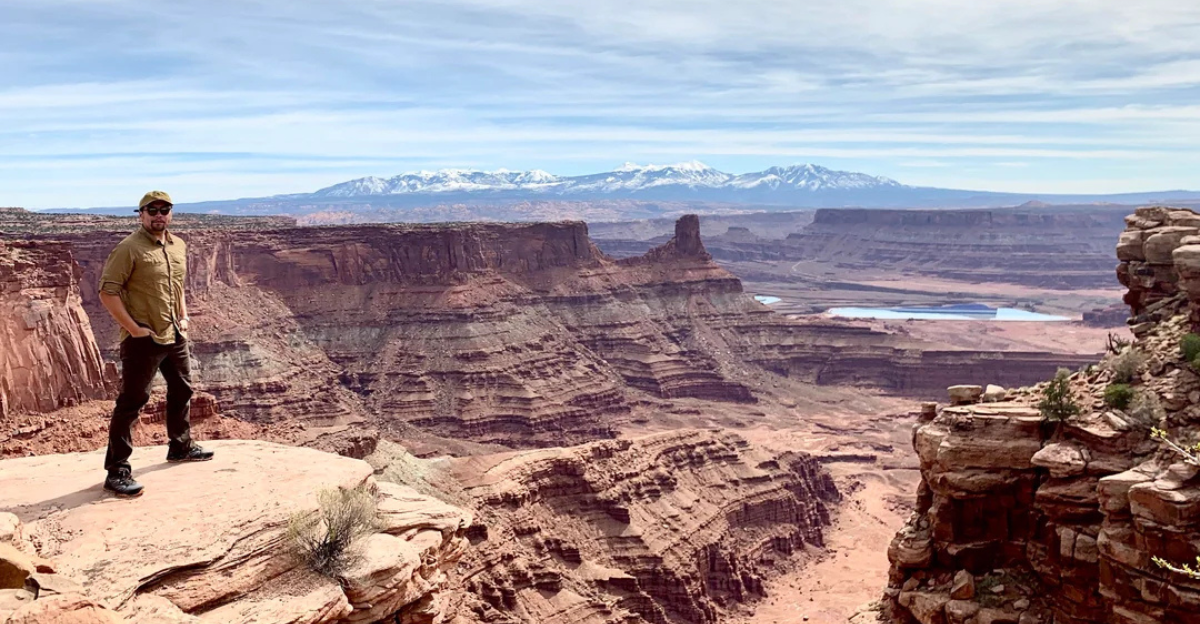
The Colorado and Green rivers carved these vast canyons, mesas, and buttes into this breathtaking destination. The canyonlands are divided into three districts that offer unique experiences. First is Island in the Sky, which is the most accessible and popular district. Next is The Needles, which is known for colourful spurs and longer remote hikes. Finally, The Maze is the most remote and challenging district, requiring high-clearance permits and extensive preparation.
6. Rocky Mountain National Park
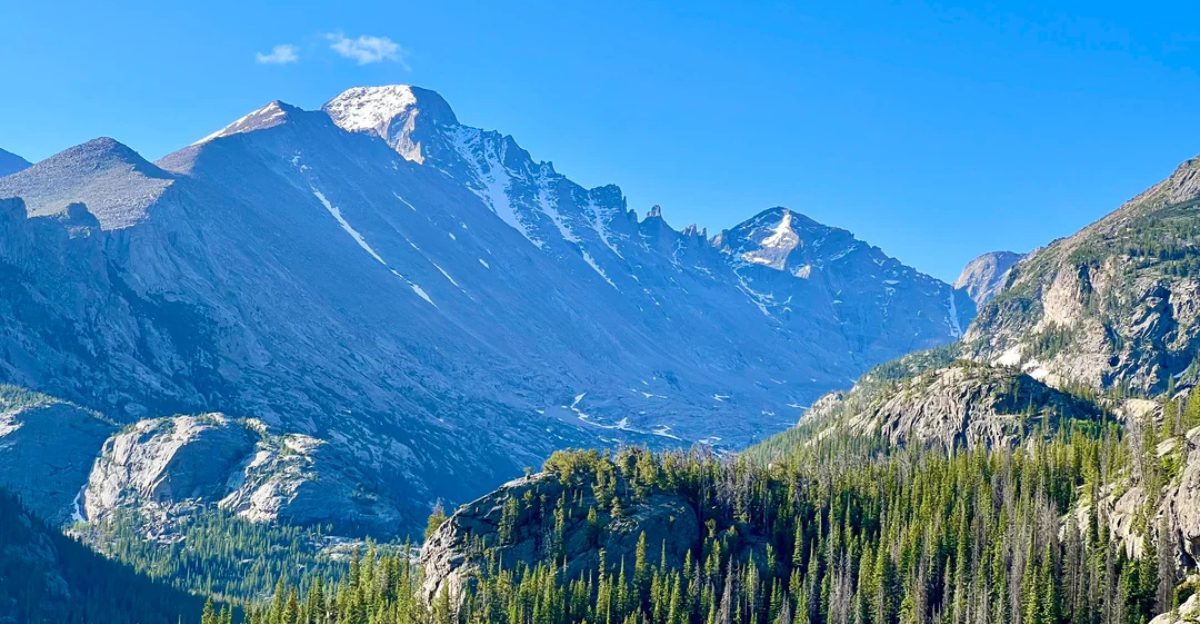
This national park boasts picturesque alpine scenery and is home to an abundance of wildlife. With over 350 miles of trails to wander, the wildlife is active in the early mornings, so setting your hike times around this time ensures an encounter. Due to its high elevation, be prepared for altitude sickness.
7. Badlands National Park
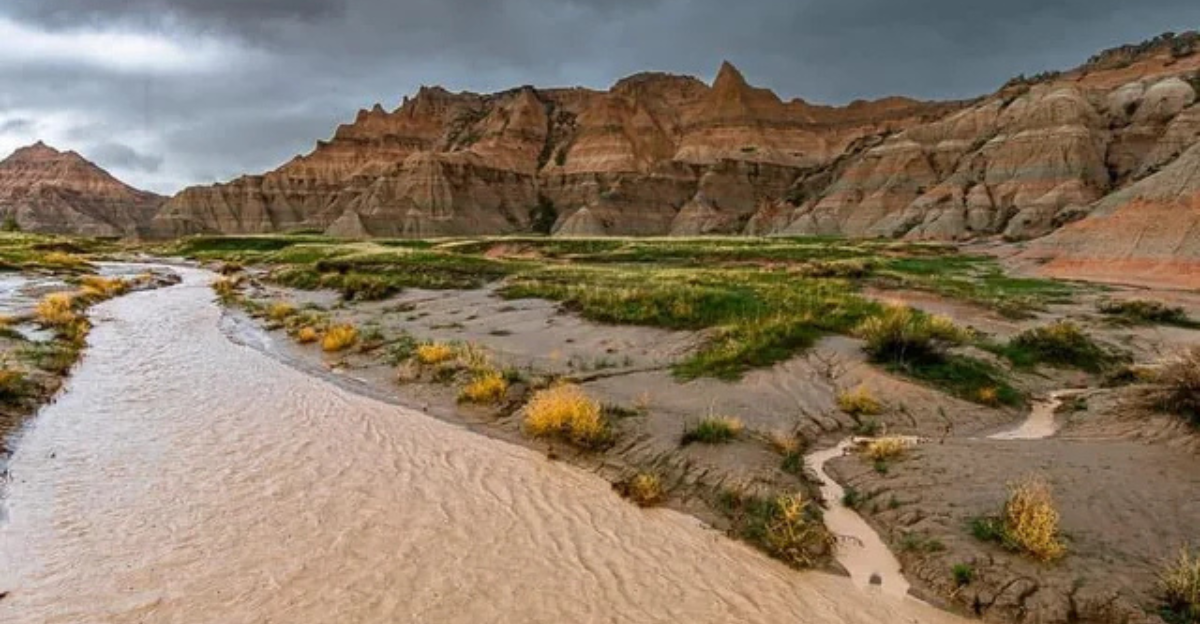
The best time to visit the Badlands is in the spring or fall, due to its mild weather. Here, you will experience sharp ridges, layered rock formations, and historical fossil beds. It is home to one of the world’s richest fossil beds for ancient mammals.
8. Wind Cave National Park
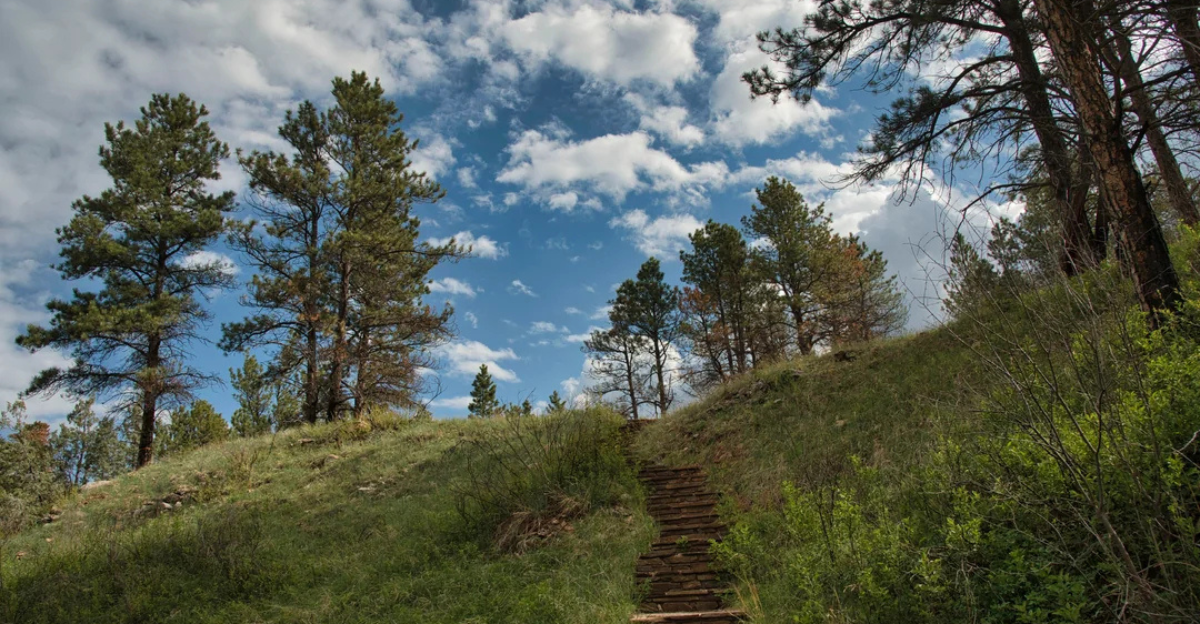
Wind Cave National Park is home to one of the world’s longest and most complex caves. Cave tours explore the area, featuring rare boxwork formations unique to Wind Cave. Another must-see is the prairie and bison viewing you can experience on surface hiking trails.
9. Yellowstone National Park
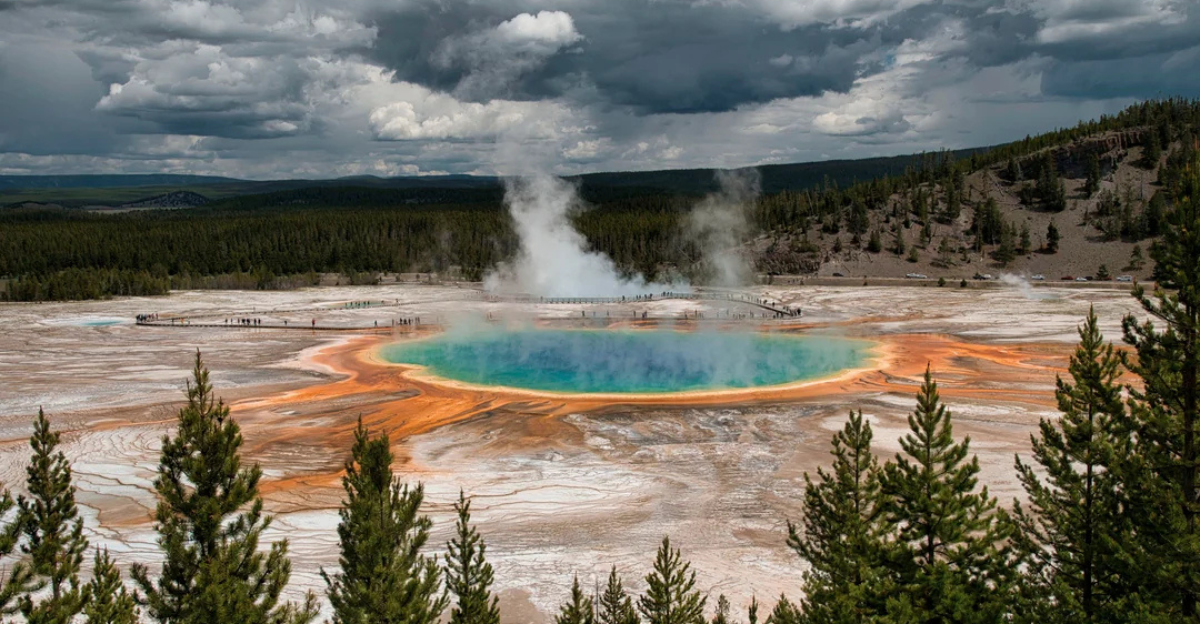
The first national park in the world, Yellowstone National Park, offers geysers, hot springs, and diverse wildlife. Do not forget to visit Old Faithful or try your hand at fishing on Yellowstone Lake. Yellowstone is home to the Yellowstone cutthroat trout and provides food for grizzly bears, bald eagles, and otters.
10. Grand Teton National Park
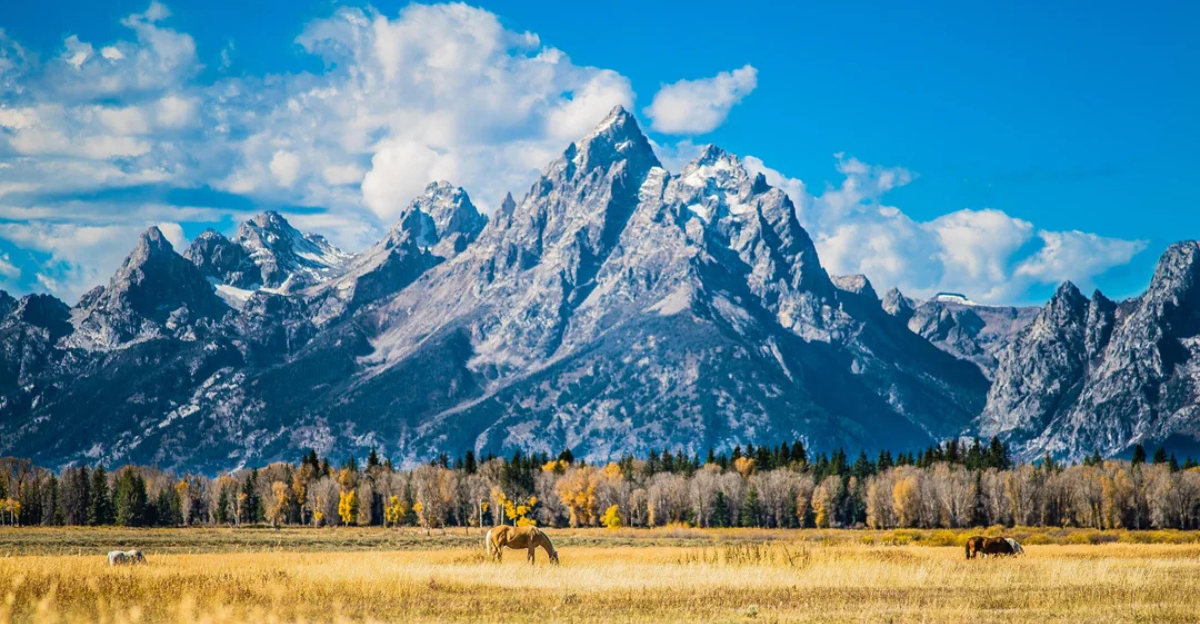
The Teton mountain ranges are stunningly vast, with pristine lakes to pair. Here you can enjoy boating and wildlife viewing, surrounded by the beautiful scenery. The Teton Range is one of the youngest mountain ranges in North America, but its beauty isn’t outshone by the rest.
11. Glacier National Park
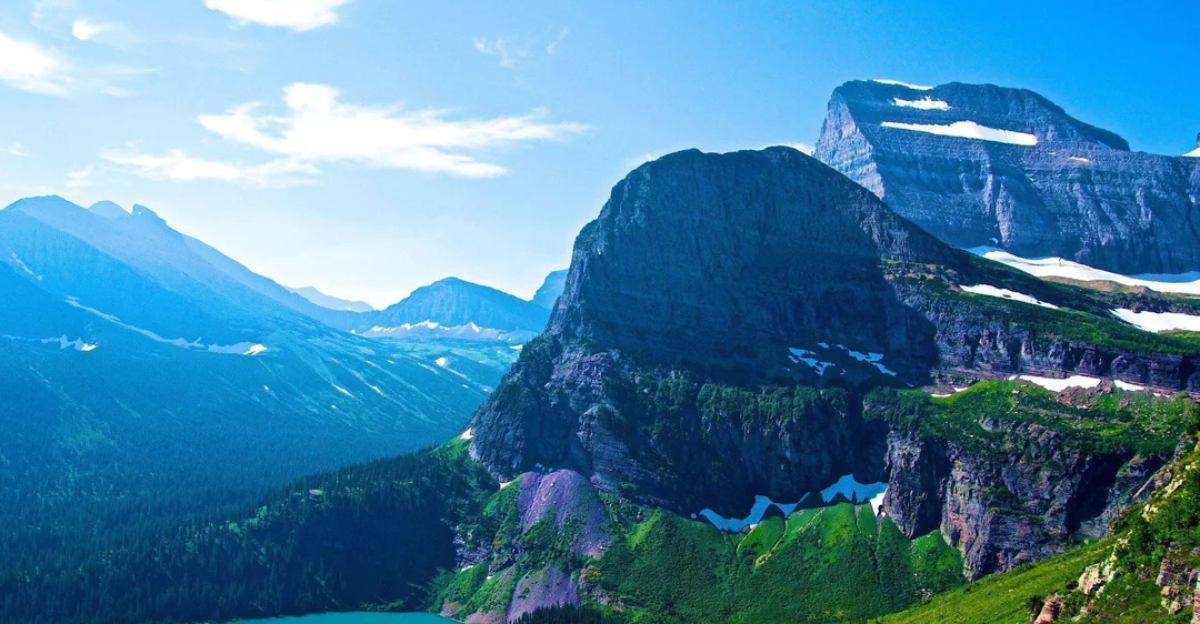
The valleys in Glacier National Park are glacial-carved, with rugged peaks surrounded by crystal-clear lakes. Grinnell Glacier is one of the most iconic areas of Glacier National Park, boasting breathtaking scenery and turquoise glacial lakes. Although the park has over 25 named glaciers, it is best to visit now, as many are shrinking.
12. North Cascades National Park
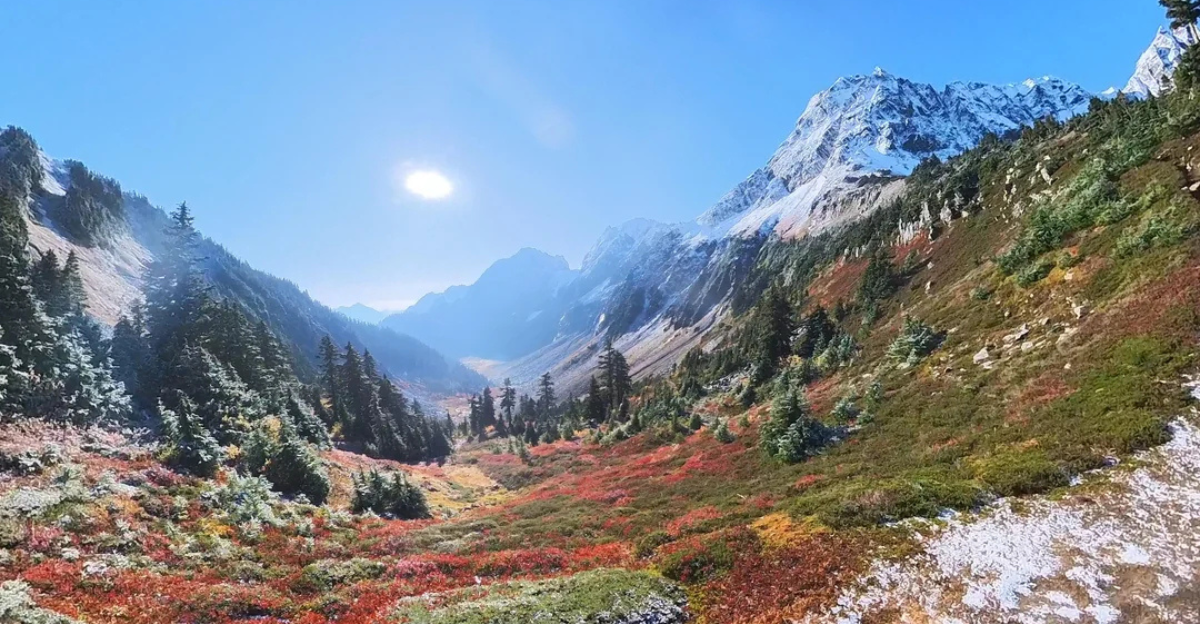
The North Cascades have both jagged peaks and glaciers, along with dense forests filled with wildlife. This park is less crowded, which means there are more limited services. Visiting in the summer is recommended to fully enjoy the surrounding areas, such as Diablo Lake, Cascade Pass Trail, and Ross Lake.
13. Olympic National Park
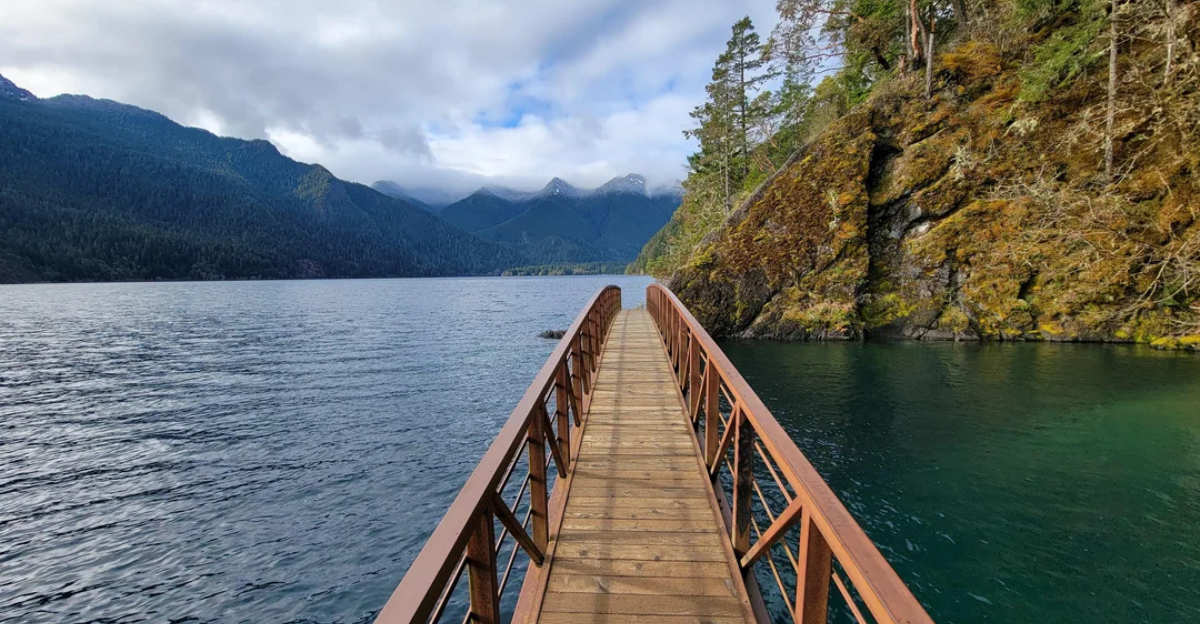
Olympic National Park is a wondrous place with various unique areas. It is known for its diverse ecosystems, ranging from temperate rainforests to alpine peaks and the Pacific coastline. Make sure you pack your rain gear and do some detailed planning for tackling the varied climates. Here, you will find the rare Olympic marmot, which is found nowhere else.
14. Mount Rainier National Park
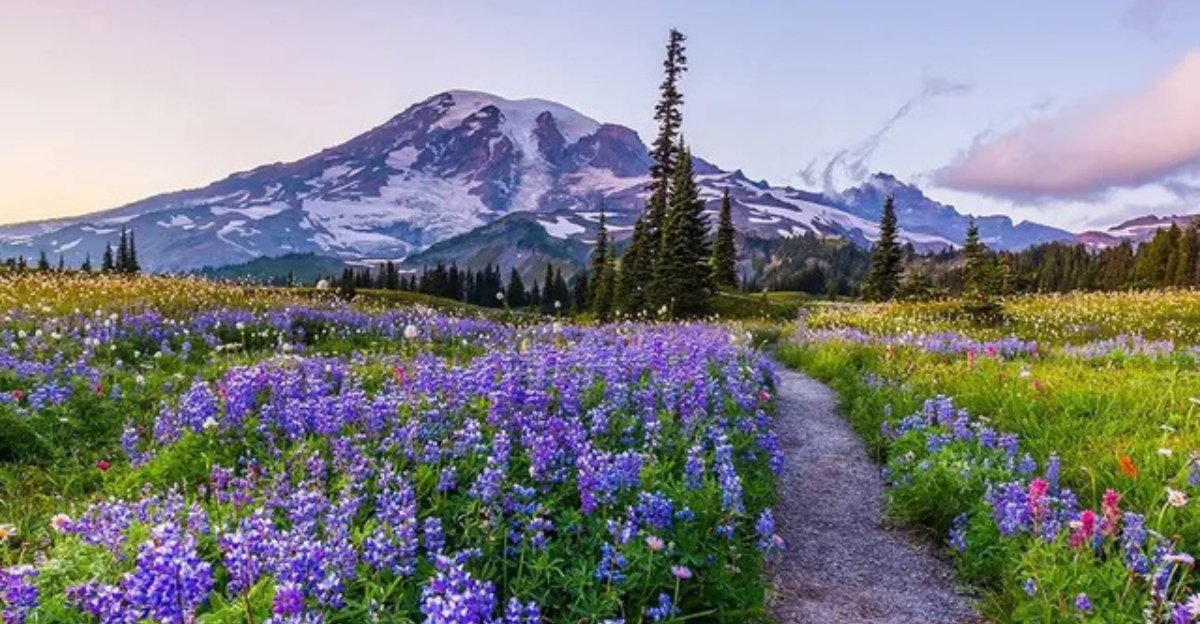
The juxtaposition of Mount Rainier Park makes this a must-see on your road trip. It boasts iconic volcanic peaks and beautiful wildflower-filled meadows to embrace. This area is popular for mountaineering, but is considered one of the most dangerous volcanoes due to its size and proximity to heavily populated cities.
15. Crater Lake National Park
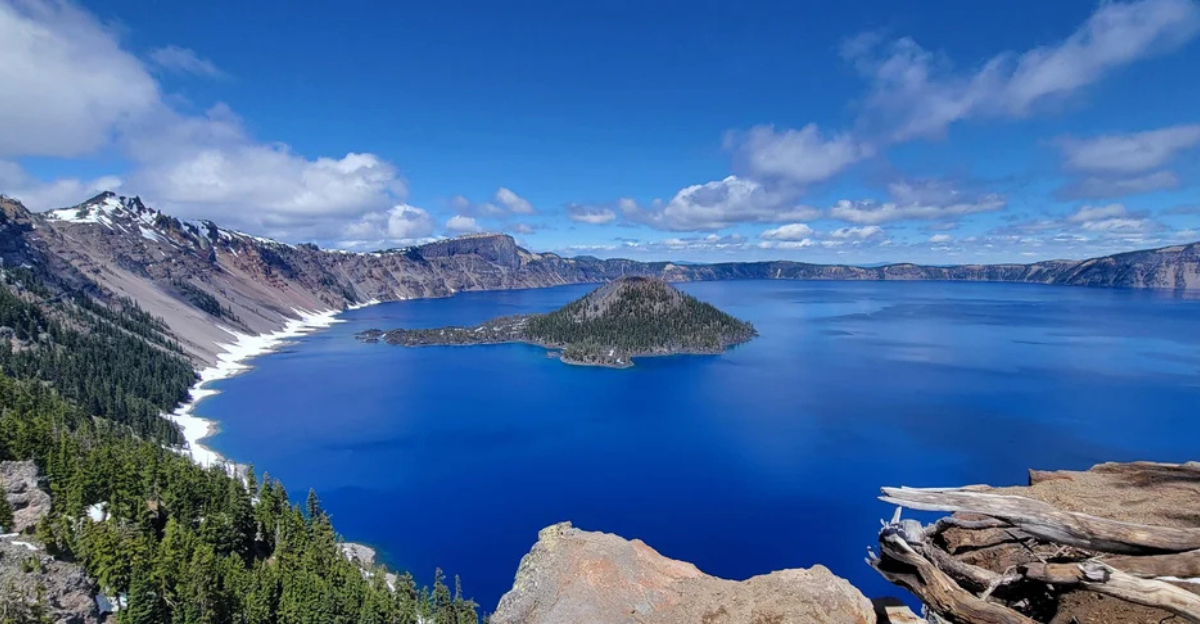
A volcanic caldera formed the deepest lake in the U.S., known for its stunning blue color and remarkable clarity. This intense blue color and clarity are due to rain and snow being its only water source, meaning no water from inlets or outlets mixes in. Take the Cleetwood Cove Trail, the only trail that leads down to the lake, to access swimming and boat tours.
16. Redwood National and State Parks
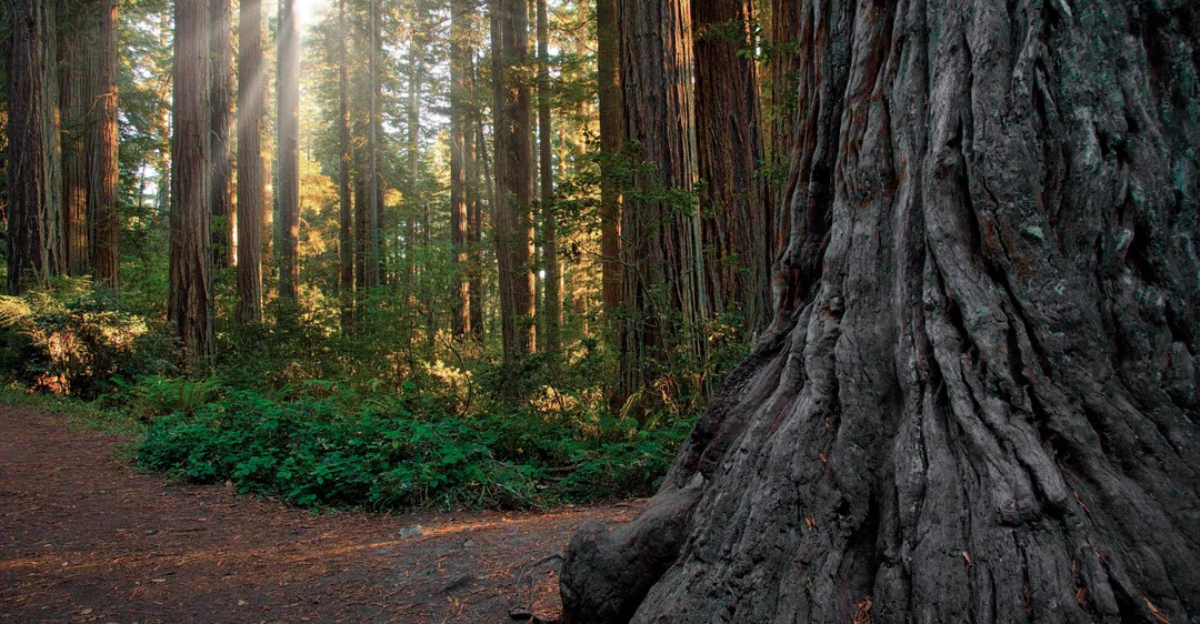
Redwood National Park has the tallest trees on Earth and beautiful, lush, temperate rainforests, where some redwoods are over 2,000 years old. Due to its misty, cool climate, it is best visited during spring and fall. Tall Trees Grove is a hidden gem and is one of the best places to gaze at the ancient coast redwoods.
17. Yosemite National Park
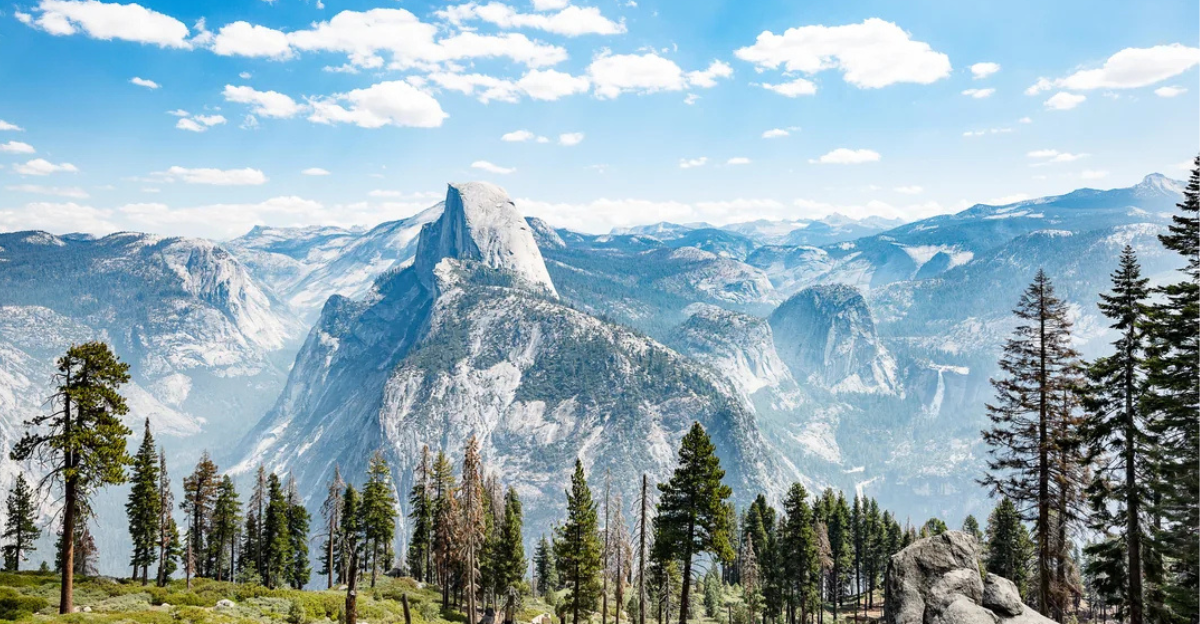
Experience a plethora of natural wonders, from granite cliffs and giant sequoias to sparkling waterfalls. Make sure you make your reservations in advance, as it gets crowded during busy seasons, and popular hiking trails require permits. For rock climbing fanatics, El Capitan is a global rock climbing mecca where you can challenge yourself with other adventures available to discover.
18. Sequoia & Kings Canyon National Parks
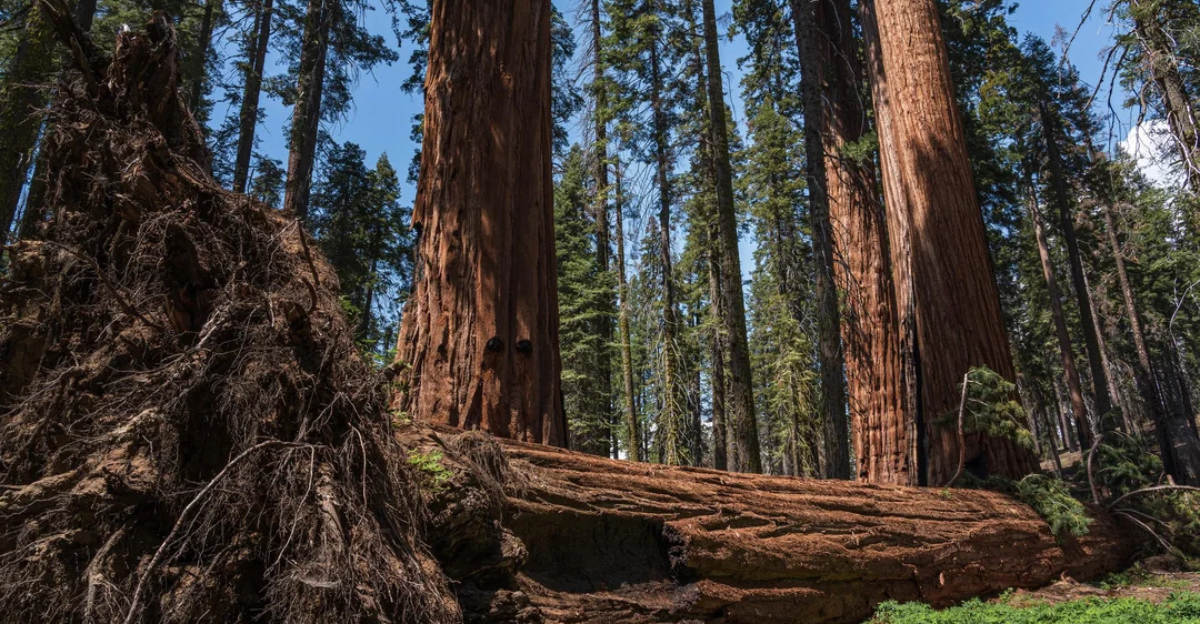
General Sherman, the largest tree by volume in the world, is located in the Giant Forest, which is home to five of the 10 largest trees in the world. You will discover a vast collection of massive sequoia trees and deep canyons. You may see diverse wildlife such as black bears, mountain lions, and bobcats, so always store food in animal-proof lockers, which are mandatory in the campgrounds.
19. Death Valley National Park
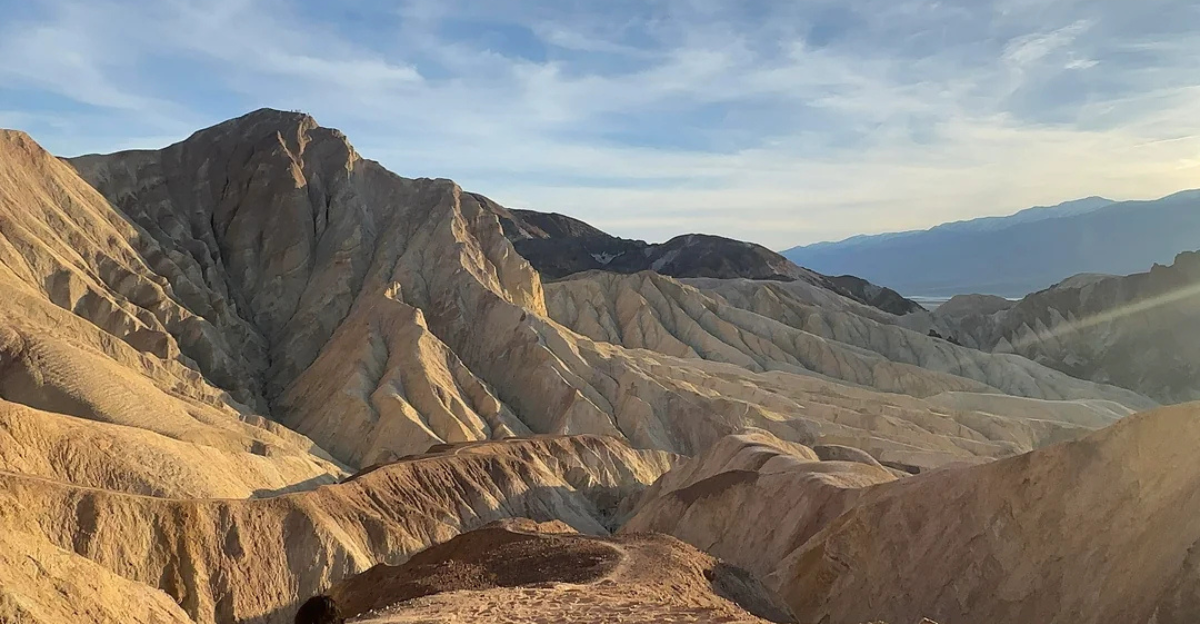
End your adventurous road trip at Death Valley National Park. It gets its name because it is the hottest, driest, and lowest national park in the U.S. It is better to visit during cooler months, such as the fall to spring seasons. It holds the highest air temperature ever recorded on Earth at 134 F/56.7 C. The Badwater Basin is a vast, otherworldly salt flat you may walk into for surreal views.
